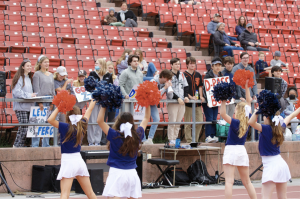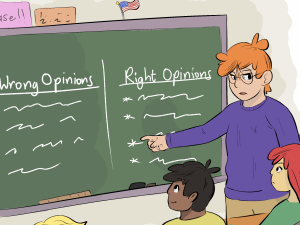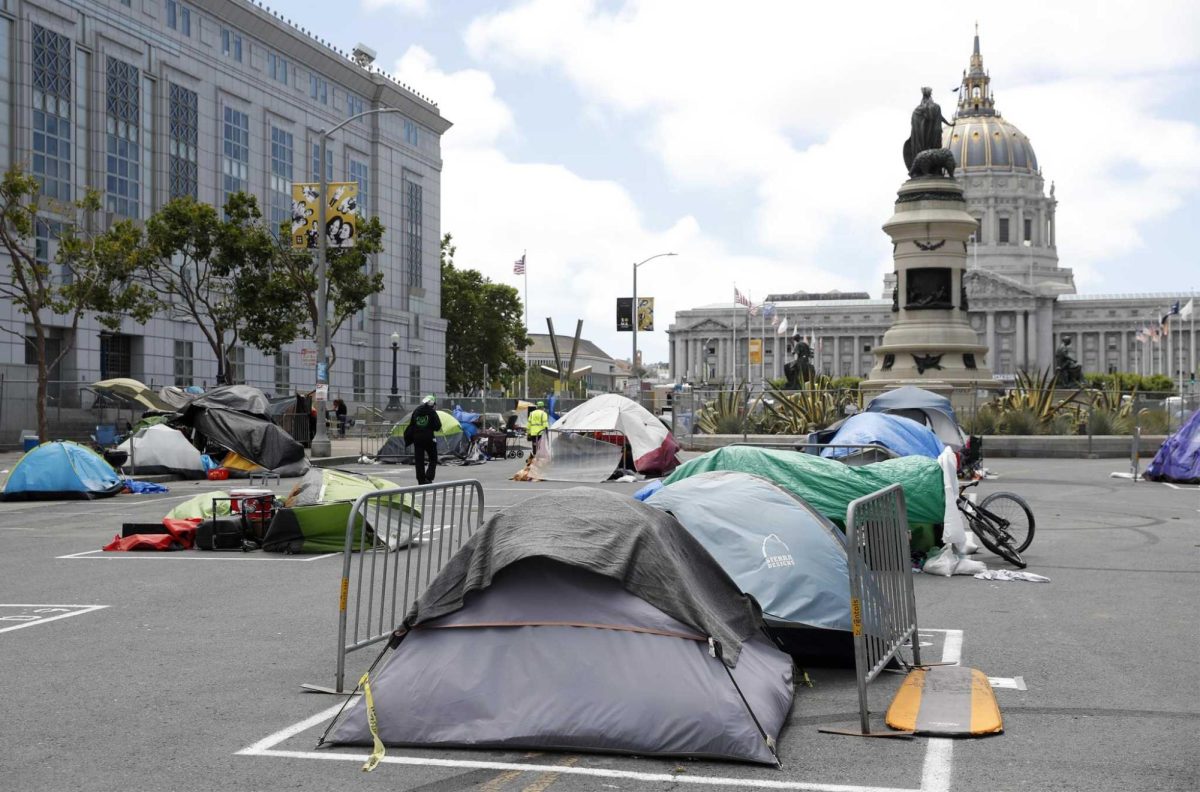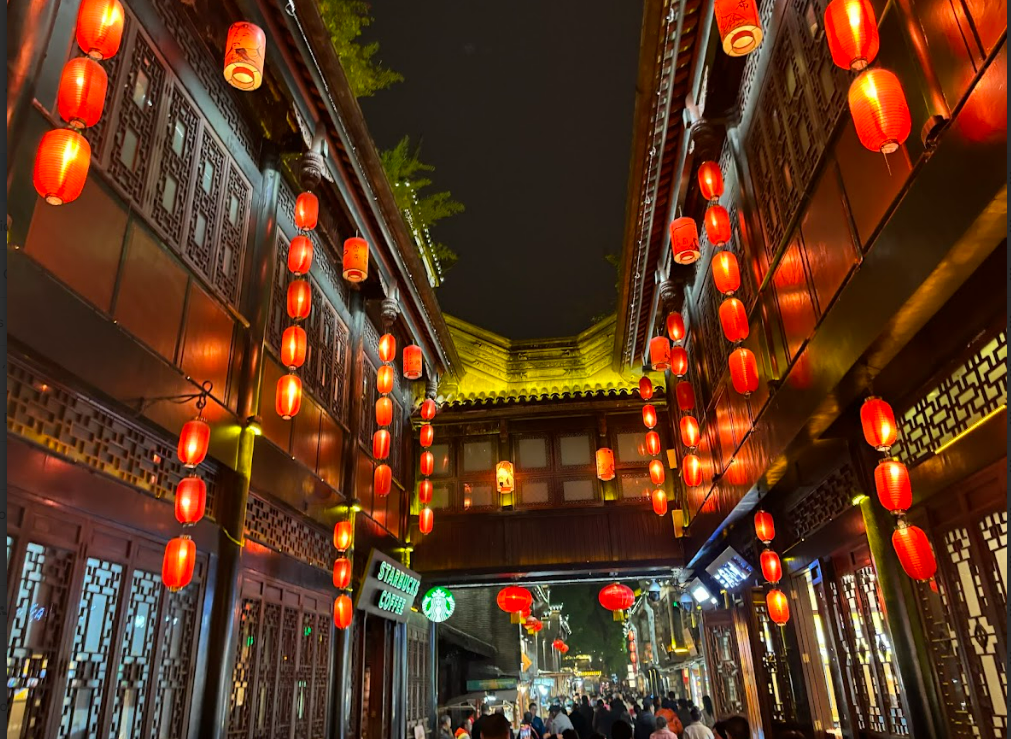Officials divided over mail-in voting
California to send ballots to all registered voters, offer in-person polling places
September 24, 2020

While President Donald Trump continues to raise the idea of voter fraud through mail voting, Gov. Gavin Newsom is making sure all registered voters receive ballots in the mail for the 2020 presidential election.
“The right to vote is foundational to our democracy,” Newsom said in a Twitter post on May 8. “No one should be forced to risk their health to exercise that right.”
Some members of the Convent & Stuart Hall community say they are not worried about voter fraud and plan to vote by mail this election in order to stay safe from COVID-19.
“My family usually votes by mail,” senior David Louie-Grover, who recently turned 18, said. “I am perfectly fine with mailing in my vote to keep myself and those around me safe.”
Others say they are hesitant to vote by mail due to worries about President Trump attempting to invalidate ballots counted after Nov. 3, as California will count all ballots received up to 17 days after Election Day, as long as they are postmarked on or before Nov. 3.
“I am concerned about how our current president might use the chaos of mail-in ballots to sow confusion about their legitimacy,” English teacher Mark Botti said. “If I don’t mail my ballot in, then I know I’m getting counted on Election Day.”
San Francisco will mail ballot packets 29 days prior to the Nov. 3 election and provide 589 in-person polling places throughout the city, as well as a number of locations where voters will be able to drop off their ballots.
The State of California Elections Division has released a guidance document “directed toward California county elections officials and their workers as they prepare safe, clean environments to ensure the Nov. 3, 2020, General Election can be conducted during the current COVID-19 pandemic without creating new health risks,” according to Elections Division Chief Jana M. Lean.
The state requires counties to provide face coverings to election workers and voters who arrive without them. Staff may not, however, turn away voters who do not wear face coverings.
“The right to vote takes precedence,” according to the Elections Division guidance document. “In such circumstances, election workers should consider additional physical distancing.”
With a larger portion of citizens indicating they will cast their votes by mail this election cycle, some government officials have raised questions about the security of mail-in voting.
“The ballot is cast outside the public eye, and thus the opportunities for coercion and voter impersonation are greater,” according to the Massachusetts Institute of Technology Election Lab. “The transmission path for [mail] ballots is not as secure as traditional in-person ballots.”
Although some studies hypothesize that voting by mail may be less secure than at a polling place, “universal vote-by-mail does not affect either party’s share of turnout or either party’s vote share,” according to a study conducted by Stanford University.
Even though voting will look different this year, new voters say they are excited to cast their ballots for the first time.
“I want my first time voting to go as well as possible,” Louie-Grover said. “I just want to encourage everyone who’s 18 to get up and vote.”









